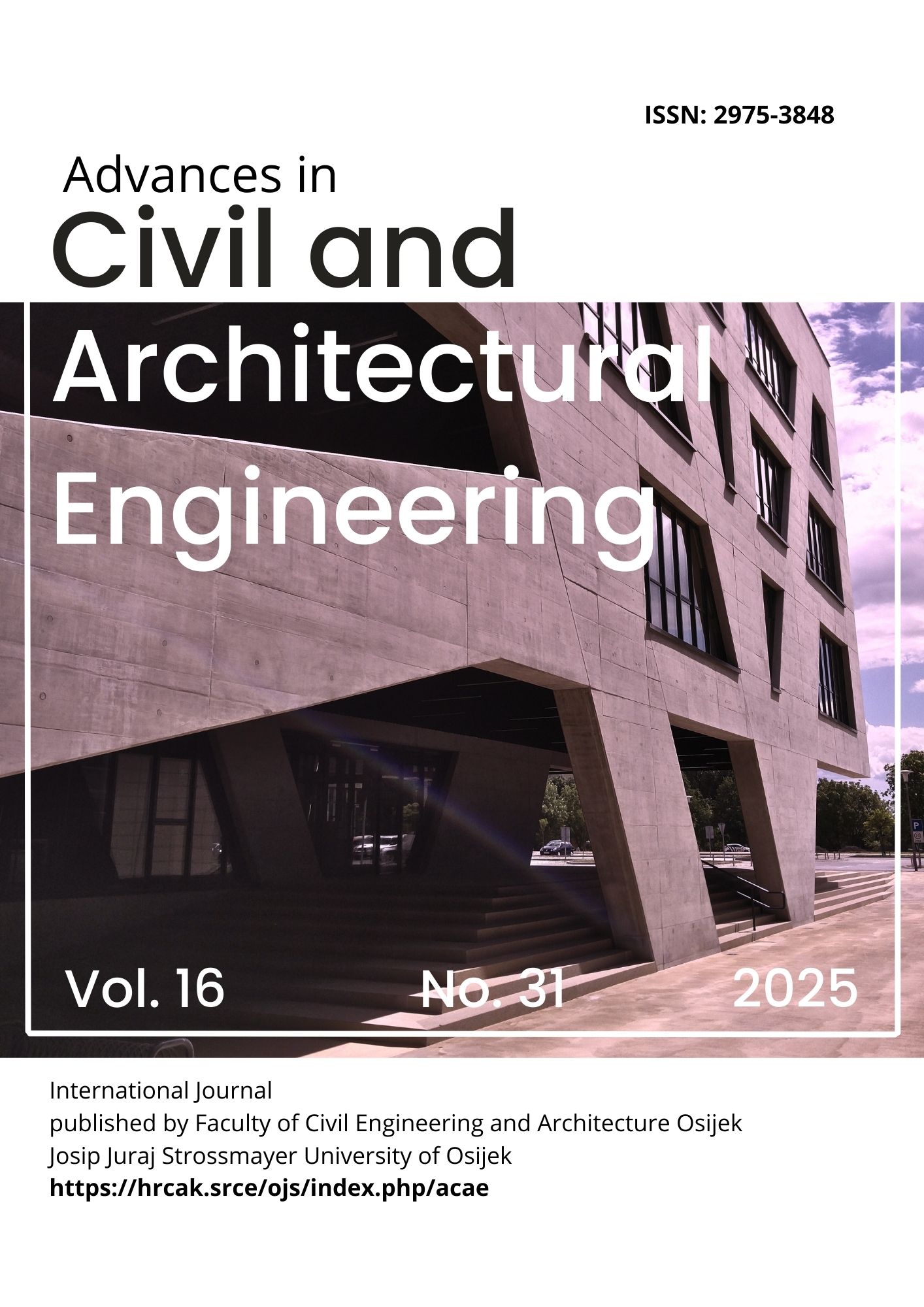Development of environmentally friendly fibre reinforced concrete using agricultural byproduct as a cement substitute to reduce the ecological footprint of cement
DOI registering
DOI:
https://doi.org/10.13167/2025.31.1Keywords:
supplementary cementitious material, coconut fiber, coconut shell ash, compressive strength, sustainabilityAbstract
One of the most common types of waste produced by the agriculture sector all over the world is coconut shells. However, cement manufacturing in the construction industry is responsible for billions of tons of carbon dioxide emissions annually. This study investigated the feasibility of using coconut shell ash (CSA) as a cement substitute in concrete manufacturing to mitigate the aforementioned agro waste disposal issue and the environmental consequences of the expanding construction sector. In addition, treated and untreated coconut fibers were used as reinforcements in concrete. The CSA proportions in the blend designs used in the investigation varied from 0-20 % at 5 % increments, while the coconut fiber reinforcements varied from 0-1 % at 0,25 % increments. Tests were performed on both fresh and hardened concrete, including slump tests and mechanical property evaluations after 28 days of curing. The results indicated that adding more than 10% coconut shell ash decreased the workability and compressive strength of the concrete when compared to conventional mixes. At 28 days of curing, the compressive strengths of concrete mixes with 5, 10, 15 and 20 % replacement levels were 29,50; 26,50; 24,80; and 22,67 MPa, respectively.
Downloads
Published
Issue
Section
License
Copyright (c) 2025 Elaiyawar Maheswari; Sundaresan Suresh Babu, Pitchaipillai Neelamegam, Rajendran Karthick

This work is licensed under a Creative Commons Attribution 4.0 International License.

